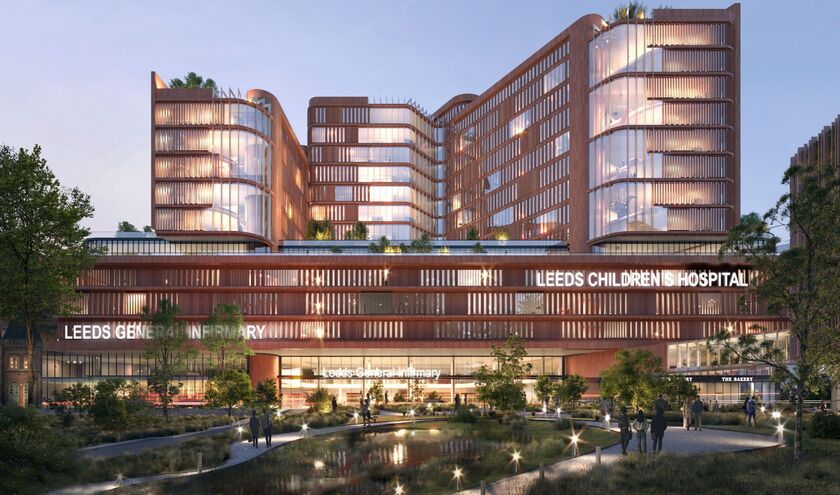The study, Strategic Planning for Healthcare Estates, by UK planning and development consultancy Lichfields found that despite record levels of Government investment in hospitals and neighbourhood health facilities, most local plans are not consistently making adequate provision for healthcare estates - raising the risk of delays to urgently needed new infrastructure.
Robert Dibden, planning director at Lichfields, said: ‘With the largest ever health capital budget now in place, the emphasis must be on delivery. Yet our research shows that many local plans are not always keeping pace with this new policy and investment landscape.'
Of the 88 local plans adopted since March 2020, only 63% contained a strategic objective to improve health or healthcare, while just 26% included site-specific policies or allocations for new health facilities.
The research warned many projects in the development pipeline, including those in the Government's New Hospitals Programme, will need to move forward without an up-to-date planning status or site designation.
The Labour Government's revised National Planning Policy Framework, published in December 2024, mentions ‘health' or ‘healthier' 39 times, underlining the drive to integrate health outcomes into planning decisions.
In addition, the 2025 Spending Review confirmed a £4bn uplift to the Department of Health and Social Care's annual capital budget and pledged £30bn over the next five years to maintain and modernise the NHS estate, including eliminating reinforced autoclaved aerated concrete (RAAC) by 2035.
The report points to 2026 as a pivotal year for plan-making, as local planning authorities update their evidence bases and begin consultations on new allocations to reflect higher national development targets.
A spokesperson from the Local Government Association said: ‘Local authorities are ready to play their part in delivering healthier places, but they need clearer national guidance, stronger local frameworks and meaningful collaboration with NHS partners.
‘Planning for health infrastructure must be treated as a core component of place-making, rather than as an afterthought in order to ensure that every community has access to these vital services.
‘The planning system must be part of the solution in a sector facing rising demand, ageing facilities and widening health inequalities. The LGA stands ready to work with the Government, NHS England and planning bodies to ensure that every community has access to modern, fit-for-purpose healthcare facilities.'



